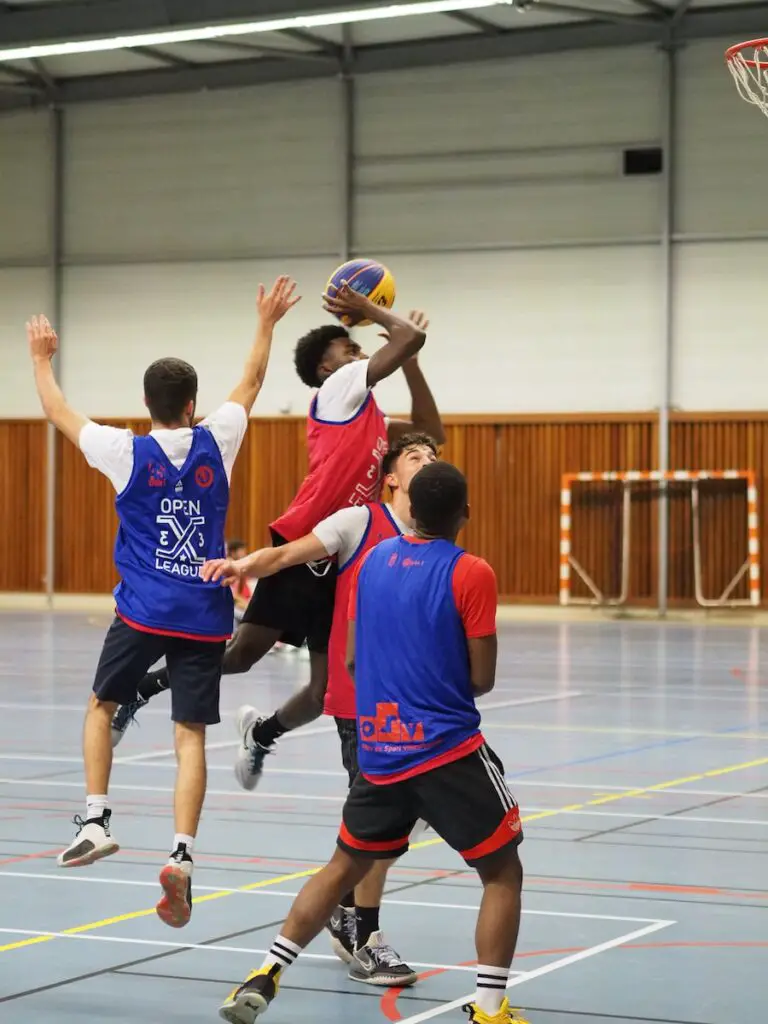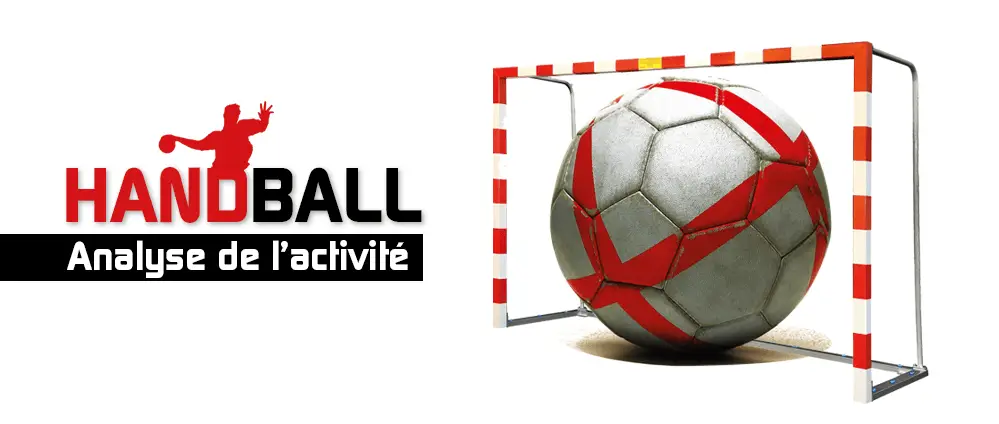THE handball transfer has become over the years a real issue for clubs and players. This crucial period allows teams to strengthen their squad and players to find a new challenge or extend their career in a favorable environment. This article invites you to discover the workings of the transfer market, in particular addressing the specificities of contracts, negotiations and relationships between the different players in the sector.
The specificities of handball transfer contracts
Before being able to discuss the various transactions and negotiations that take place during the transfer window, it should be remembered that handball contracts are subject to certain rules and regulations specific to this sport. Thus, players and clubs must respect a few essential principles:
- The minimum duration of a professional contract is two years, with the possibility of extension;
- The minimum salary is set by the National Handball League (NHL) and must be respected by all clubs;
- Early termination clauses are regulated and must be clearly stipulated in contracts.
Training allowances
In the context of transfers, training allowances are also an important aspect to take into account. Indeed, when a player trained by a club signs his first professional contract with another team, the training club must be compensated. These allowances are calculated according to the duration of training and the level of the player.
Negotiations between players, clubs and coaches
The transfer period is marked by intense negotiation activity between the various stakeholders involved: players, clubs, coaches and agents. Each party has its own interests and objectives to defend, which can give rise to complex and turbulent situations. To better understand these issues, here are some key elements:
The importance of handball agents
THE handball agents play a major role in negotiations between players and clubs. Their mission is to help their clients find the best possible contract, taking into account various factors such as salary, duration of the contract, sporting prospects or even the quality of life in the host country. They can also intervene to facilitate discussions between clubs and coaches, in order to allow everyone to find a satisfactory agreement.
The role of clubs in transfers
THE handball clubs are obviously at the heart of the transactions, because their main objective is to build a competitive team capable of winning titles and attracting the best players. To do this, they must both be able to identify promising talents and negotiate with experienced players to convince them to join their project. They must also anticipate departures and manage contract ends, in order to avoid finding themselves in a difficult situation.
Taking personal and sporting interests into account
In these negotiations, it is essential to take into account the personal and sporting interests players and coaches involved. Indeed, a successful transfer is not only limited to the signing of an advantageous contract: it must also allow the stakeholders to flourish on a human level and progress on a sporting level. Thus, each actor must be attentive to the needs and expectations of the other, in order to find common ground that satisfies all requirements.
Trends in the handball transfer market
Over the seasons, we can observe certain trends and developments in the handball transfer market. Among them :
- An overall increase in salary levels, particularly in the major European championships;
- A growing attraction for young talents, who are often recruited very early by professional clubs;
- Growing internationalization, with many foreign players joining the ranks of French and European clubs.
Faced with these challenges, clubs, players and coaches must be attentive to the opportunities that arise during the transfer period. Indeed, good recruitment can be decisive for the success of a team in the long term, while a player who is well integrated into a new formation will be able to give the best of himself and continue to progress in his professional career.


